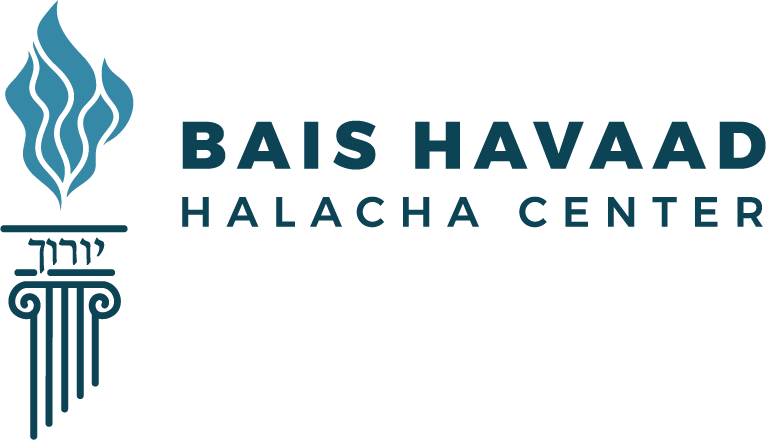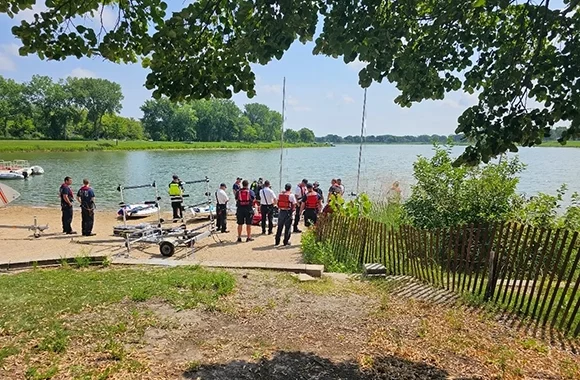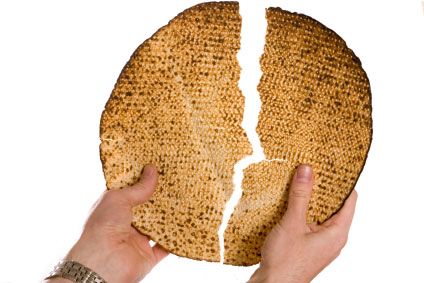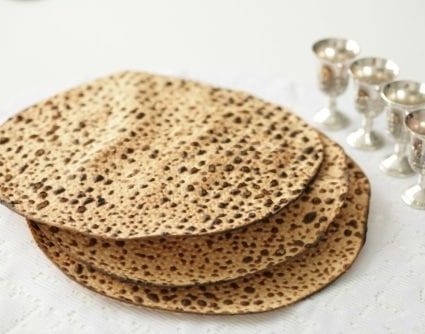Adapted from the writings of Dayan Yitzhak Grossman April 18, 2024 AP News reports: A…
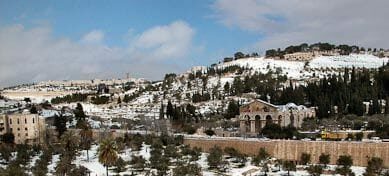
Bais HaVaad on the Parsha, Parshas No’ach
Ground Rules
Excerpted and adapted from a shiur by Rav Moshe Zev Granek
October 19, 2023
All in whose nostrils was the breath of the spirit of life, of everything that was on dry land, died.
Bereishis 7:22
There is a dispute in the Gemara (Zvachim 113a) whether the place on Har Hazeisim where a temei meis is about to be purified with the ashes of the parah adumah must be searched for buried corpses. The Gemara explains that the lenient view holds that all of Eretz Yisrael is presumed to be pure unless we know otherwise, because the mabul that destroyed humanity did not reach Eretz Yisrael, but the strict view maintains that the mabul did come to Eretz Yisrael and may have deposited corpses inside Har Hazeisim. When the kohein administers the mei chatas, a body buried beneath where he stands would contaminate him via tum’as ohel because he is above it.
Acharonim are puzzled by this Gemara, given that the halacha follows R’ Shimon’s view that non-Jewish bodies are not subject to tum’as ohel (Yevamos 61a), and they communicate only tum’as maga (via direct contact). The Nesivos Hakodesh (on Zvachim, by a talmid of the Brisker Rav) answers based on the Gra (Aderes Eliyahu, Chukas) that this is a case of tum’ah retzutzah (cramped impurity), where the tum’ah is in a space of less than a cubic tefach, in which case it can be metamei what is directly above it. The Gra holds that tum’ah retzutzah is classified as a tum’as maga and would apply even to a non-Jewish corpse.[1]
But the Acharonim do not answer their question, so they implicitly reject the idea of the Nesivos Hakodesh. Moreover, Sefer Pesach Ha’ohel says the Yeshuos Yaakov (O.C. 163:2) was unsure whether tum’ah retzutzah applies to non-Jewish graves, and the Riaz (Bava Metzia, Kuntres Hara’ayos) says outright that it does not.
[1] The Or Sameiach (Tum’as Meis 1:13) adduces support for this idea from a Gemara (Chulin 125b).
